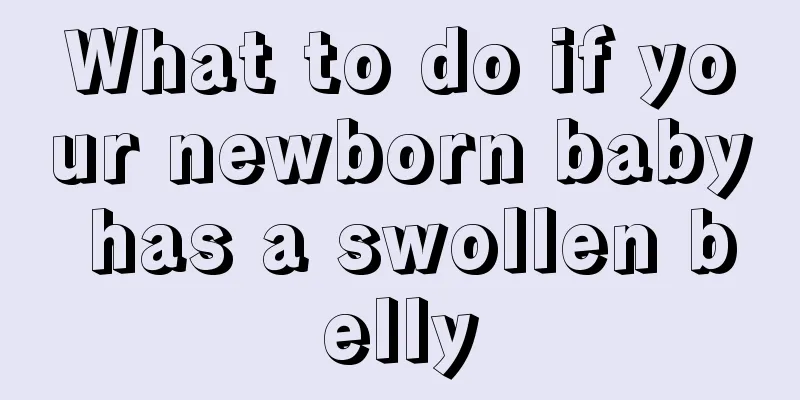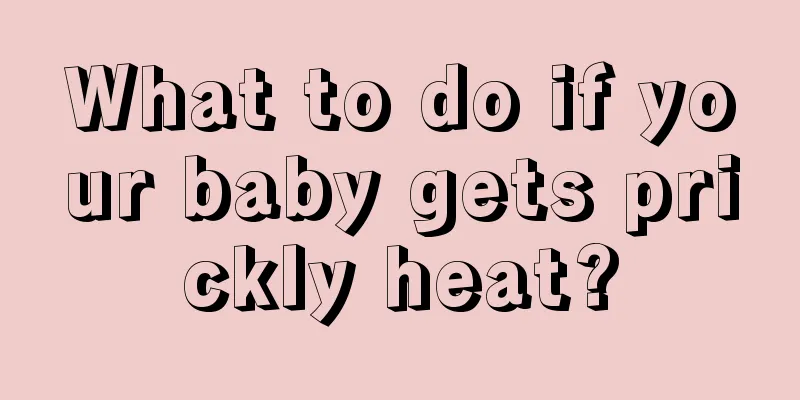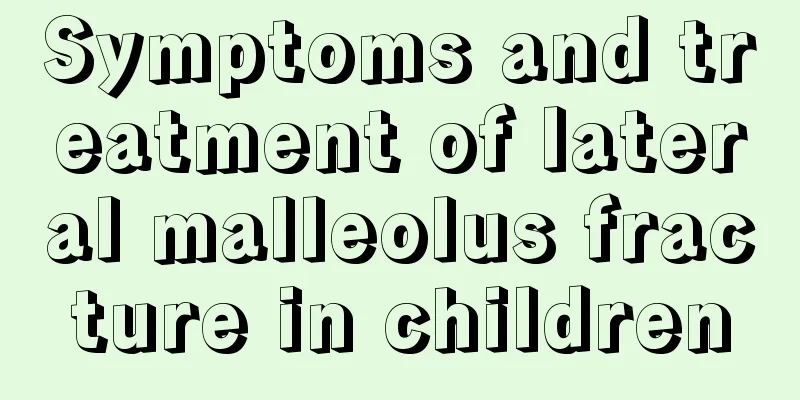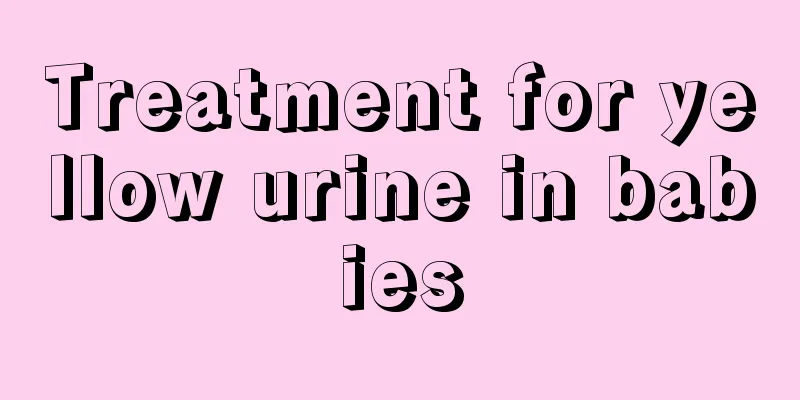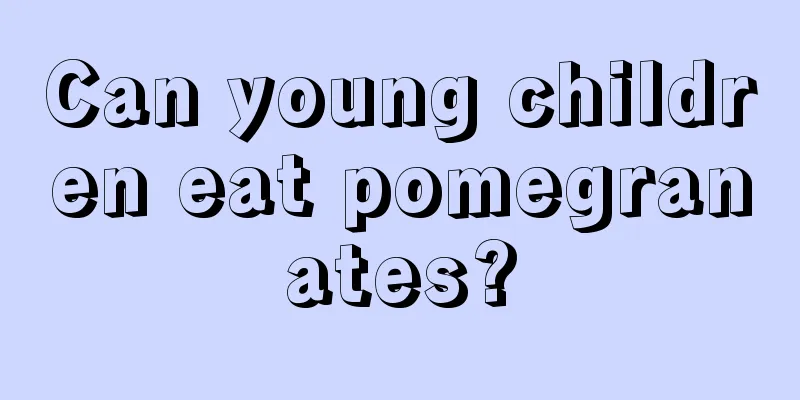Is acute pneumonia in children serious?
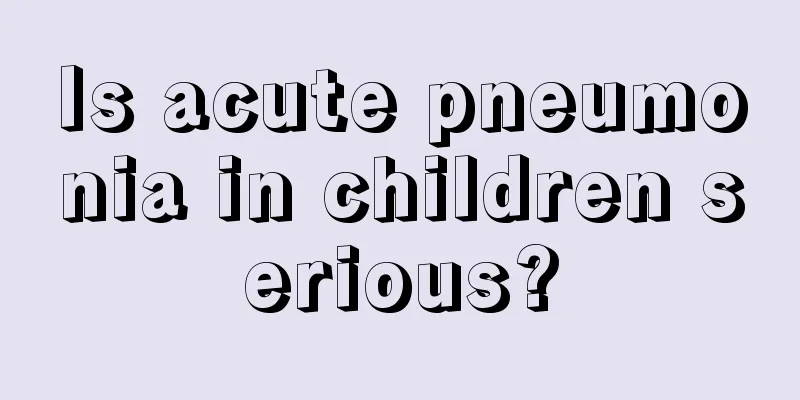
|
Generally, when a child has acute pneumonia, parents will be more worried. In daily life, children's acute pneumonia is mostly related to other diseases. The following is some introduction of pediatric pneumonia by the editor. I hope it can be helpful to everyone. I also hope that you can pay more attention to your child's health in the future life, so as to effectively avoid some diseases in your children. 1. Mild bronchopneumonia 1. Fever Most of them are higher, around 39-40℃, irregular, with uncertain fever types, mostly remittent fever. Infants and young children with rickets and malnutrition may not have high body temperature; newborns with pneumonia may not have a high body temperature. 2. Coughing is an early symptom of this disease. It starts with frequent irritating dry coughs, followed by phlegm sounds in the throat. Coughing may be accompanied by vomiting and choking on milk. 3. Breathing is shallow and rapid, with nasal flaring. Some children have mild cyanosis around the mouth and nails. 2. Severe pneumonia 1. Respiratory symptoms The children show shallow and rapid breathing, which can reach more than 80 times per minute, with obvious flaring of the nostrils. When breathing, there are obvious depressions in the suprasternal fossa, supraclavicular fossa, intercostal space and under the xiphoid process, which is called the three-depression sign. In severe cases, there is nodding breathing or expiratory groaning, and obvious cyanosis of the face and extremities, and even pale or grayish complexion. two Dense, fine, moist rales can be heard in the lungs. 2. Circulatory system symptoms: Infant pneumonia is often accompanied by heart failure. It manifests as: (1) The dyspnea suddenly worsens and the breathing rate increases significantly to more than 60 times per minute. It cannot be explained by respiratory disease. (2) Sudden irritability, pale or cyanotic complexion, which cannot be relieved by oxygen inhalation or sedatives. (3) A sudden increase in heart rate, exceeding 160 beats per minute for infants and 180 beats per minute for newborns, which cannot be explained by increased body temperature, dyspnea, or hypoxia. In addition to these symptoms, your child may also have symptoms of vomiting and diarrhea when he or she has acute pneumonia, so you must be extra careful. Once your child shows these symptoms, you must check him or her in time. This will also allow you to treat your child's body as soon as possible. After he or she recovers, you must also pay attention to care, because if you are not careful, the disease may relapse. |
<<: How to treat mycoplasma pneumonia in children?
>>: How to treat the sequelae of encephalitis in babies?
Recommend
At what age does a baby no longer need diapers?
Many parents choose to use diapers for their chil...
How to judge your baby's intelligence
As a baby grows, his or her various body function...
What to do if your baby has hard and dry poop
When babies start to eat complementary foods, it ...
What to do if a child has a high fever and diarrhea? Nursing is the key
If a child has diarrhea and fever, it means that ...
Little red spots on baby's neck
For babies, if small red spots appear on their ne...
How to tell if it's hand, foot and mouth disease
I believe that everyone has doubts about hand, fo...
Introduction to Hypersensitivity Pneumonia in Children
Allergic pneumonia in children mainly occurs 6 mo...
How to grow taller quickly at the age of 17
We all know that boys and girls grow fastest duri...
What should I do if my baby often loses his temper?
Children are the apple of their parents' eyes...
What are the symptoms of ADHD in children?
ADHD is a relatively common disease in children. ...
Things to note when your baby gets chickenpox
Chickenpox is a really annoying disease. It can a...
What should I do if my child has a dry cough? Moms can do this!
Dry cough is a common lung system disease in chil...
What to do if nephrotic syndrome relapses in children
Nephrotic syndrome is common in teenagers. In fac...
What to do if your child is mentally retarded
Since ancient times, our country has hoped that t...
What is the cause of the child's foaming at the mouth?
Epilepsy, also known as epilepsy, is a disease th...

